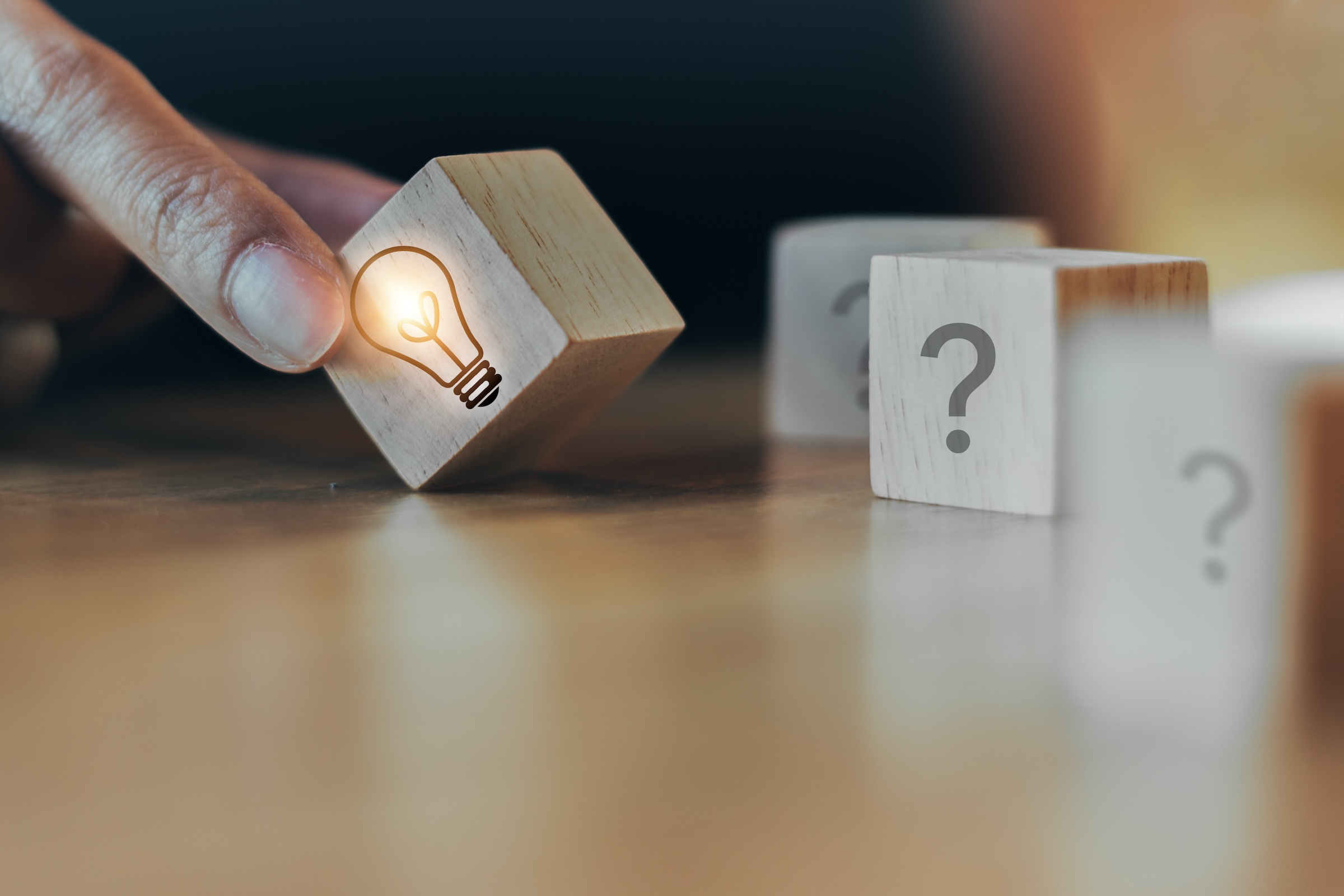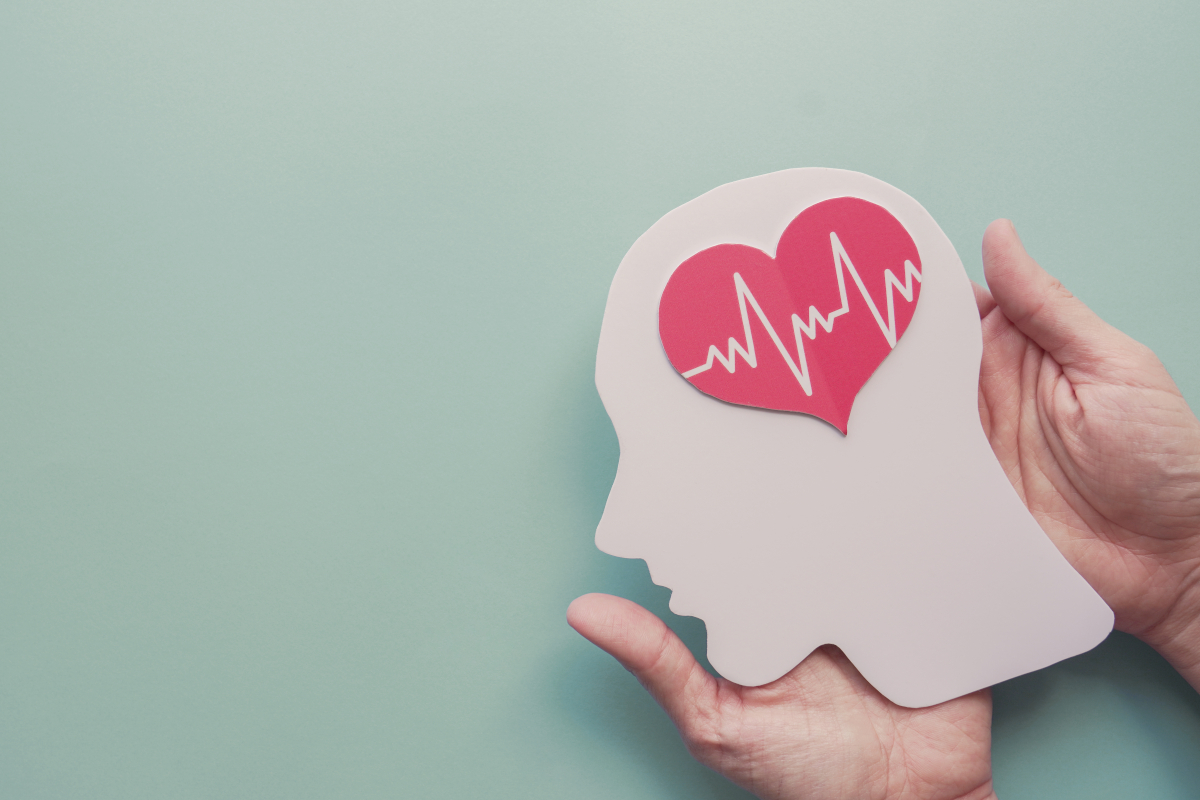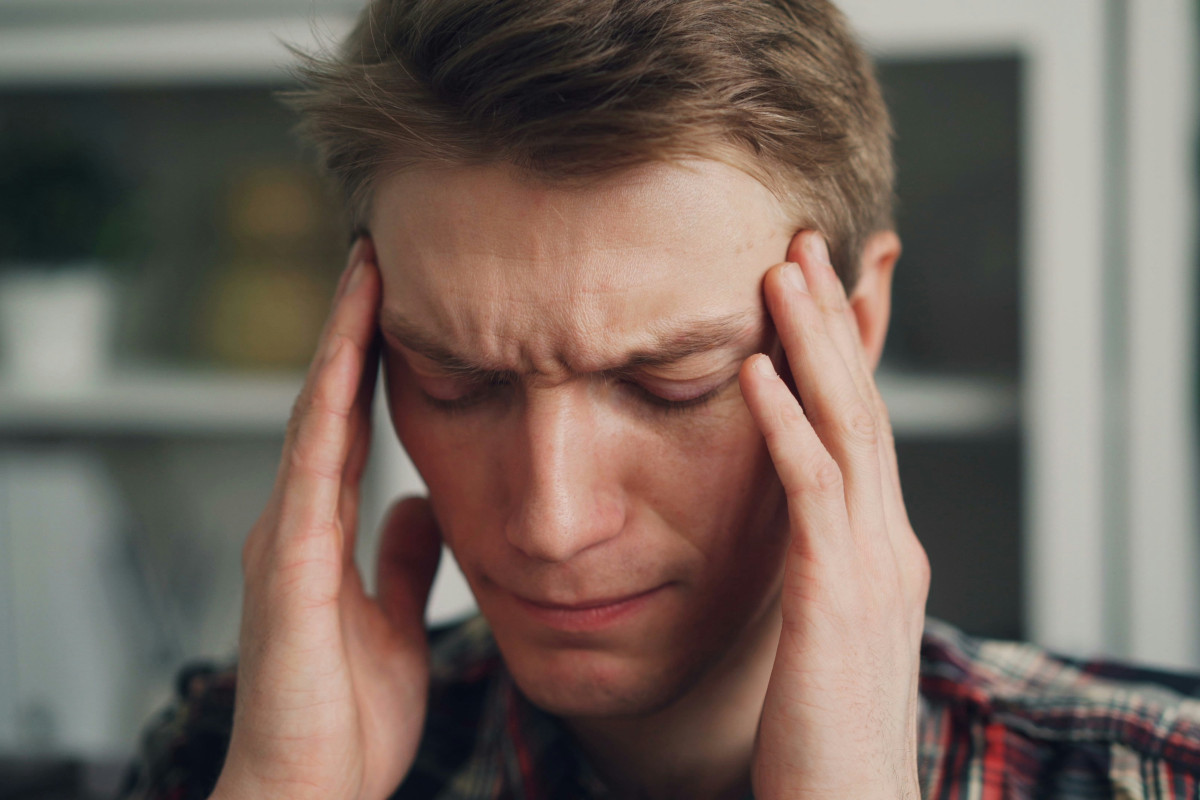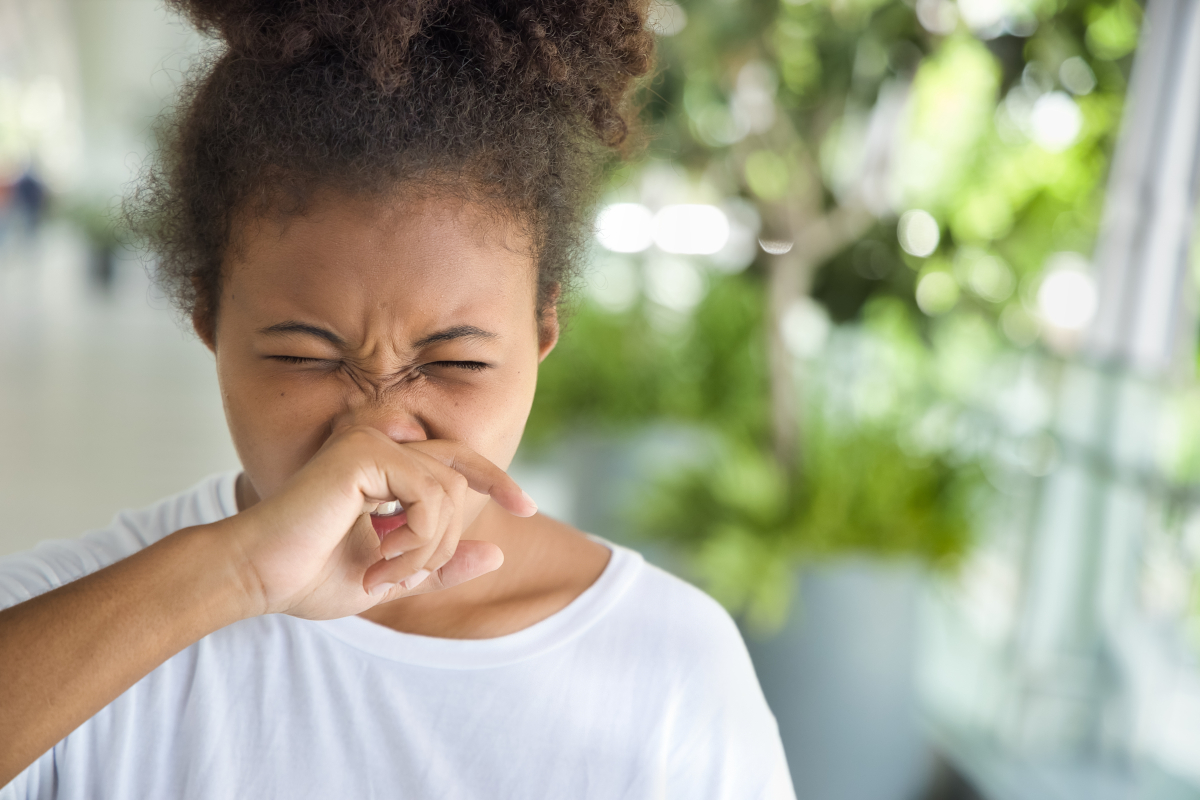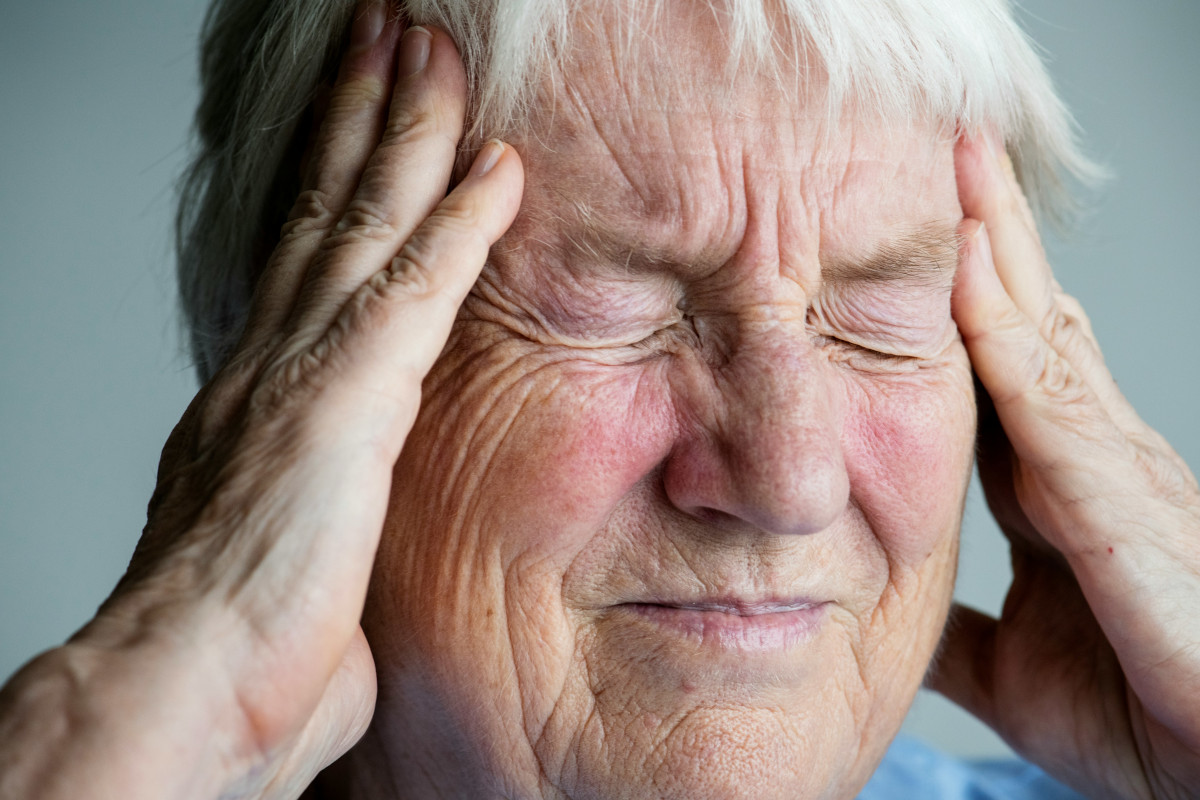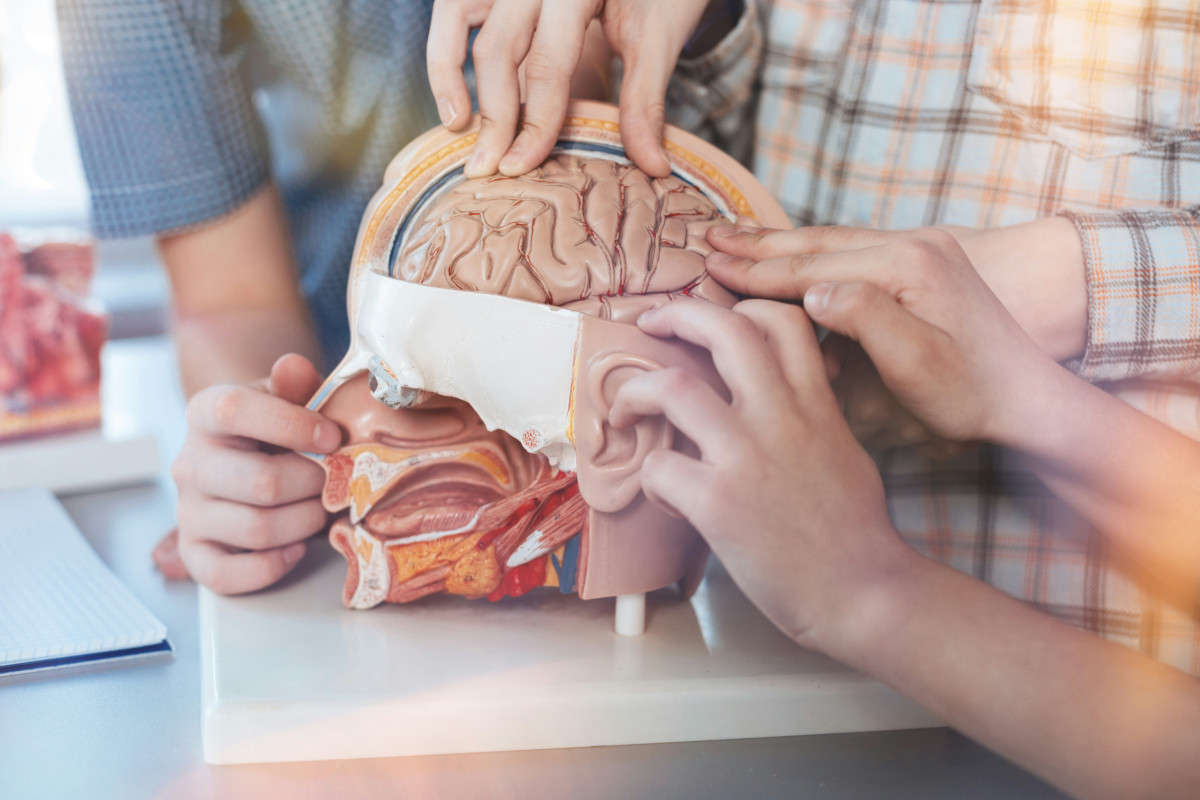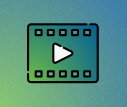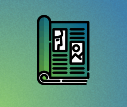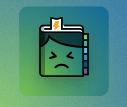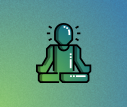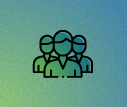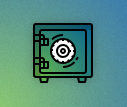Give it a rest: use breaks to limit stress and stop headaches
Many studies suggest a link between stress and headache. Major, but rare, life events cause stress, no question. But so do the small day-to-day irritations that drive us all crazy. And that’s where breaks come in...
-
References
Andersen LL, Mortensen OS, Zebis MK, Jensen RH, Poulsen OM. Effect of brief daily exercise on headache among adults--secondary analysis of a randomized controlled trial. Scand J Work Environ Health. 2011 Nov;37(6):547-50. doi: 10.5271/sjweh.3170. Epub 2011 May 26.
De Benedittis G, Lorenzetti A. The role of stressful life events in the persistence of primary headache: major events vs. daily hassles. Pain. 1992 Oct;51(1):35-42. doi: 10.1016/0304-3959(92)90006-W.
Epidemiologische Untersuchung im Rahmen von „KopfHoch – Kopfschmerz & Migräne an der Hochschule kompetent vorbeugen“, ZIES gGmbH, Frankfurt am Main, 2019
Hans-Böckler-Stiftung; "Böckler Impuls", Ausgabe 19/2018
Hubbard K. et al. (2016): Improving Academic Performance and Working Memory in Health Science Graduate Students Using Progressive Muscle Relaxation Training; American Journal of Occupational Therapy, 70 (6), 7006230010. http://dx.doi.org/10.5014/ajot.2016.020644.
Jull G, Trott P, Potter H, Zito G, Niere K, Shirley D, Emberson J, Marschner I, Richardson C. A randomized controlled trial of exercise and manipulative therapy for cervicogenic headache. Spine (Phila Pa 1976). 2002 Sep 1;27(17):1835-43; discussion 1843. doi: 10.1097/00007632-200209010-00004.
Reiss N. et al. (2018): Effects of cognitive-behavioral therapy with relaxation vs. imagery rescripting on psychophysiological stress responses of students with test anxiety in a randomized controlled trial, Psychotherapy Research, https://doi.org/10.1080/10503307.2018.1475767.
Schwartz BS, Stewart WF, Lipton RB. Lost workdays and decreased work effectiveness associated with headache in the workplace. J Occup Environ Med. 1997 Apr;39(4):320-7. doi: 10.1097/00043764-199704000-00009.
Simić S, Rabi-Žikić T, Villar JR, Calvo-Rolle JL, Simić D, Simić SD. Impact of Individual Headache Types on the Work and Work Efficiency of Headache Sufferers. Int J Environ Res Public Health. 2020 Sep 22;17(18):6918. doi: 10.3390/ijerph17186918.
Singh U, Ghadiri A, Weimar D, Prinz J. “Let’s have a break”: An experimental comparison of work-break interventions and their impact on performance. J. Business Research 2020, 112: 128-135. doi.org/10.1016/j.jbusres.2020.03.008
Ylinen J, Nikander R, Nykänen M, Kautiainen H, Häkkinen A. Effect of neck exercises on cervicogenic headache: a randomized controlled trial. J Rehabil Med. 2010 Apr;42(4):344-9. doi: 10.2340/16501977-0527.

